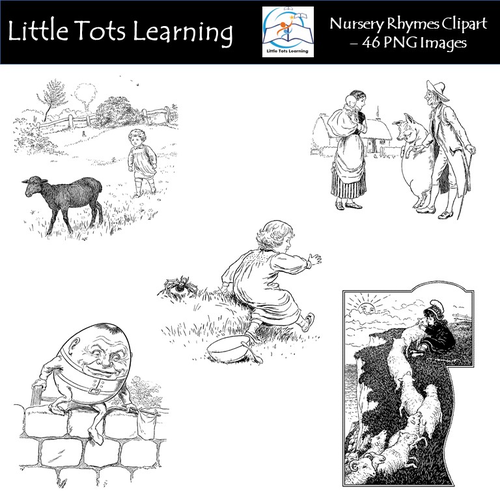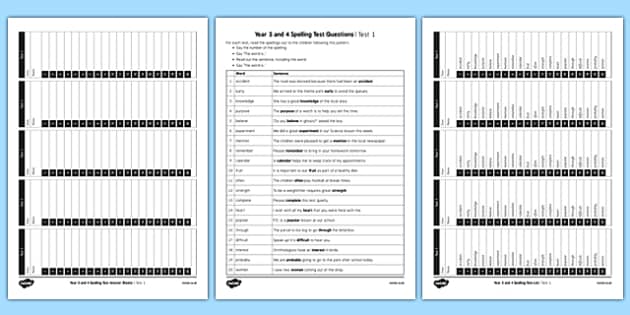| |
|




Sight Wordsthird Grade James Testing
Sight Words Audible - Online n Sight Words 'Audible,' parents and teachers can choose from dolch words, first grade words, or second grade words. In this program, the sight words are narrated and the student must drag and drop the correct letters in the blank boxes to correctly spell each word. Third Grade -James -TES. Home Homework Sight Words Art Resources Reading Dip. Here are the sight word lists for the year. Week 1 Short A 21.8. Sight Word see the I cat a + or ― Student Name: Score: / 5 Sight Word Test Unit 1 Instructions: Have students read this unit's sight words from a list, word wheel, or word slider. Track their score below. Mark + for correct and ― for incorrect. Sight Word see the I cat a + or ―. Unique Teaching Resources ©All Rights Reserved Page 1.
